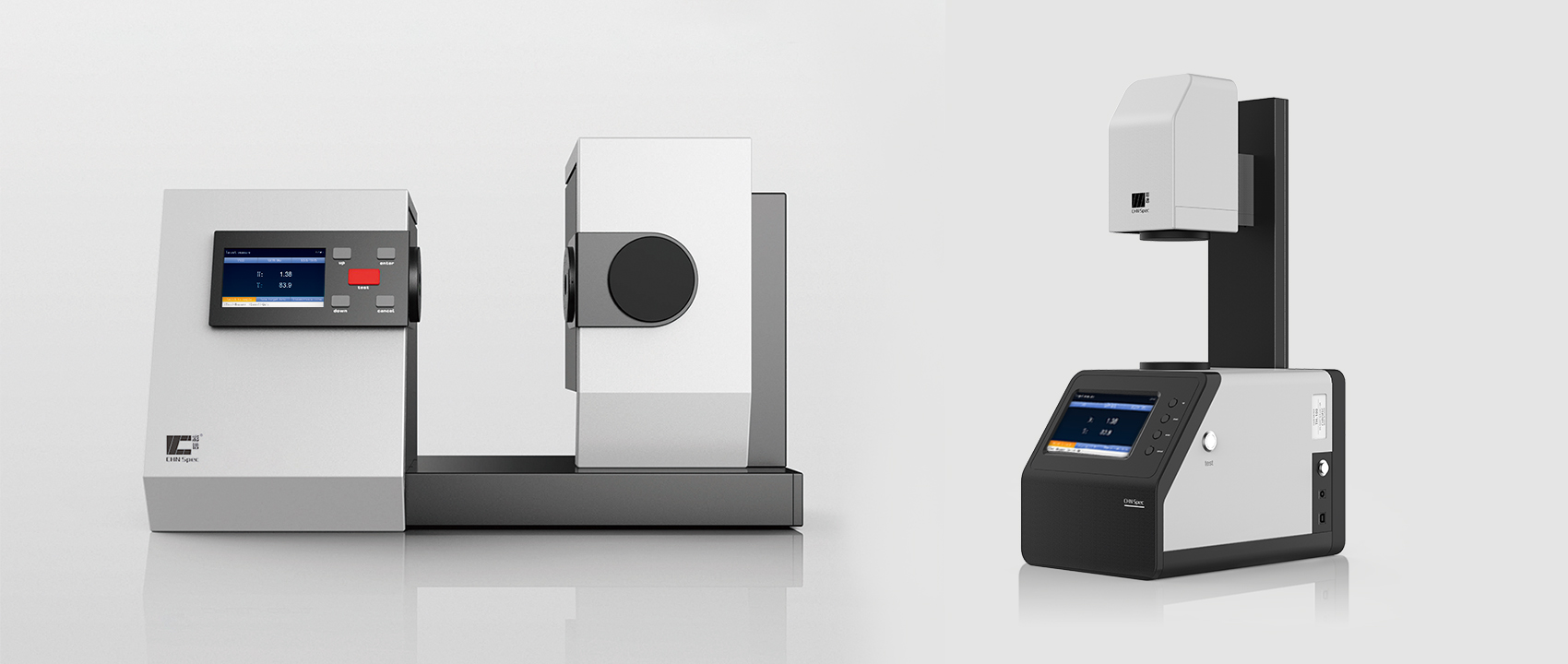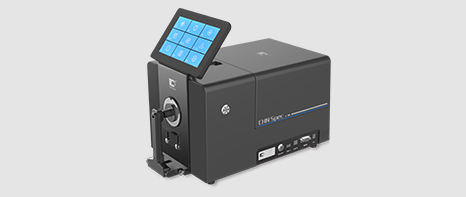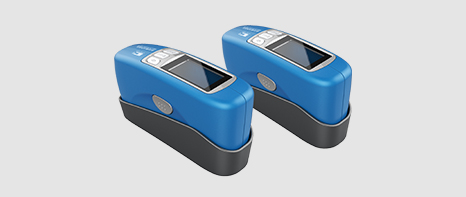- color education
-
color knowledge
-
current position:米乐官网app-m6米乐网页版 >
-
colorimeter and spectrophotometer characteristics
-
a colorimeter and spectrophotometer are instruments both used to measure the light spectrum but they work in very different ways. a spectrophotometer measures the relative intensities of the entire spectrum of light in very small increments usually by scanning a light source or reflected light source and using a rotating diffraction grating to break the spectrum up into narrow components of wavelength. the resultant data can then be registered on a graph to show emission lines of the subject being analyzed and relative intensity of the spectral values. this is key to determining the chemical makeup of an object being analyzed and also assists in determining the color values of objects.
a colorimeter is another animal though. a colorimeter is usually a tri-stimulus sensor designed to emulate the color sensitivity of the human eye. there are three light sensitive sensors in a colorimeter, each one is filtered to correspond with the light sensitivity curves of the different cone cells in the retina. the cone cells are of three types and roughly sensitive to red, green, and blue spectral values. the eye/brain processing system interprets the signals from these cones to perceive color values across the visible spectrum of approximately 400 to 700 nanometers wavelengths. the shorter wavelengths are perceived as bluish and the longer wavelengths are perceived as reddish. since the eye has only 3 spectral sensors, 3 light sources of similar wavelengths to the eye’s red, green, and blue sensitivity curves can be adjusted to recreate an apparent visible match to any spectral light source even though the spectral match may not be the same when analyzed by a precise spectrophotometer.
a good colorimeter can also read the inpidual primary colors of red, green, and blue and plot them on an xy axis to determine the approximate spectral emission curves of the primaries. these are also important for metameric accuracy of the final displayed image. it is a mature science and standards are in place worldwide to define the primary values for red, green, and blue for best color match so television and digital theatrical images will have the same look no matter where viewed and will satisfy to a great degree the sensing ability of our human vision system.






